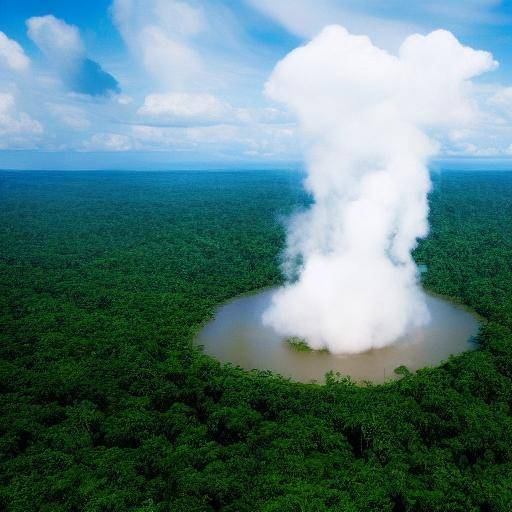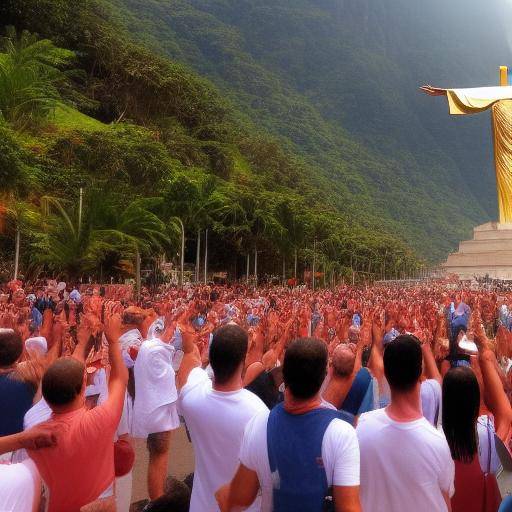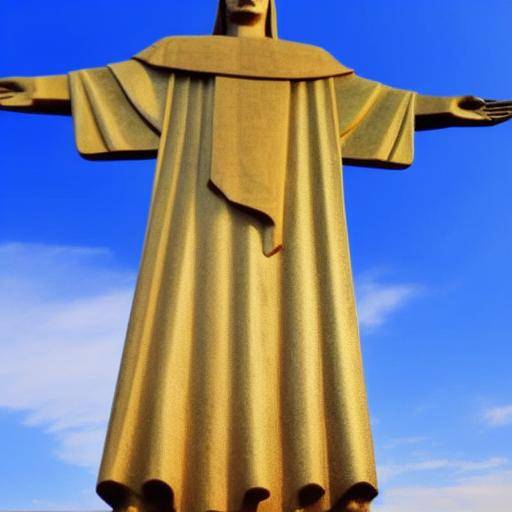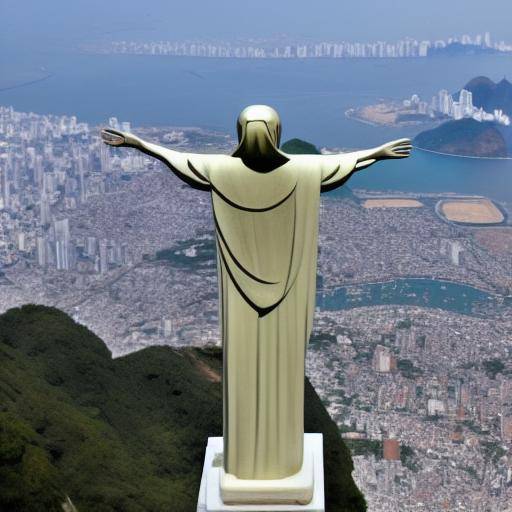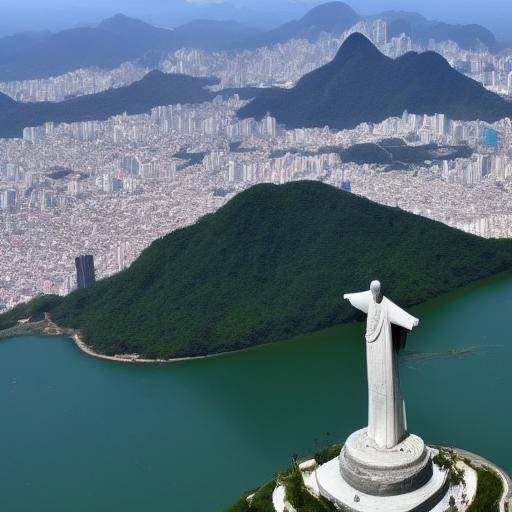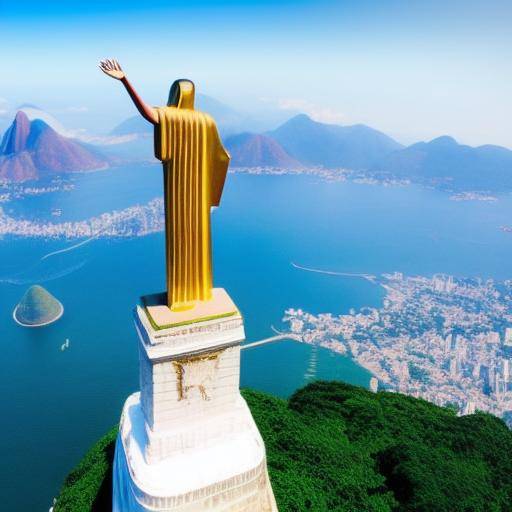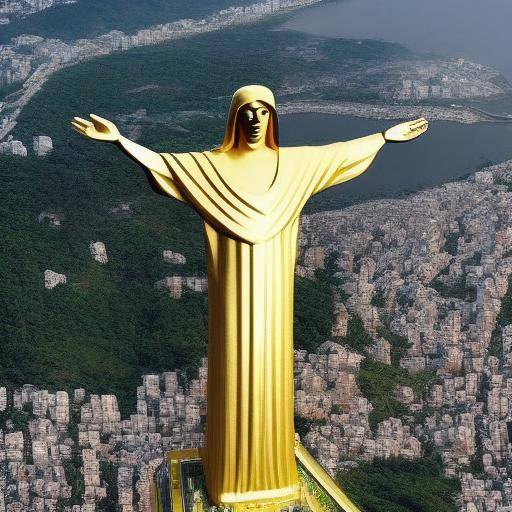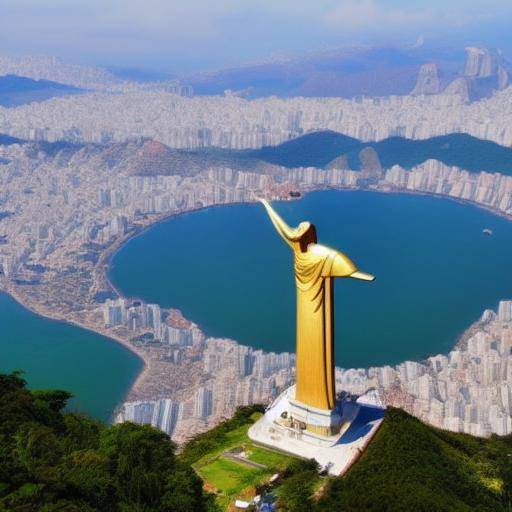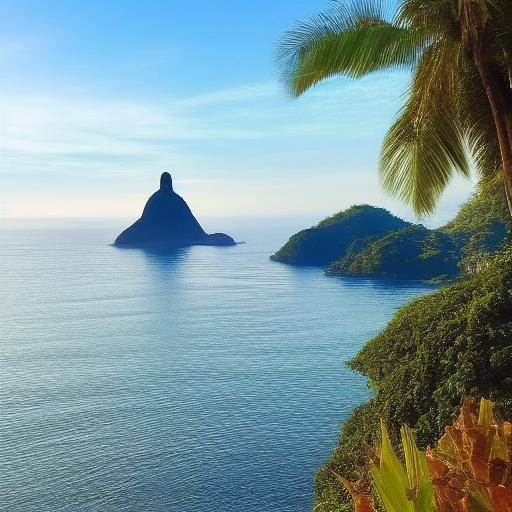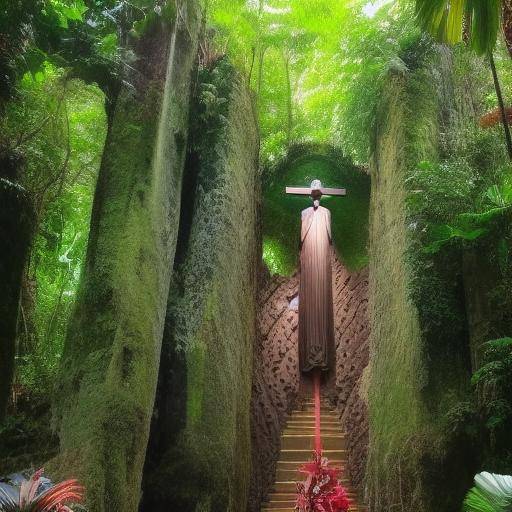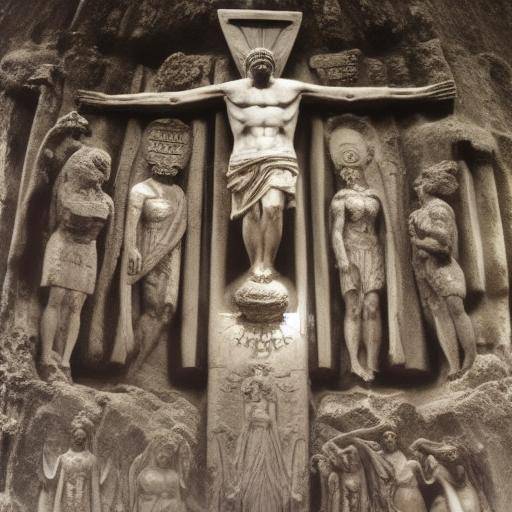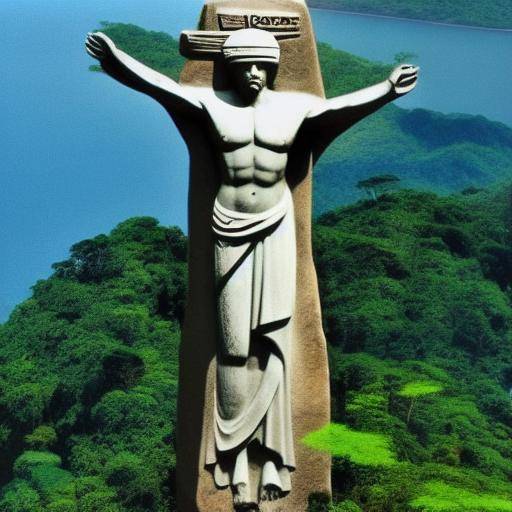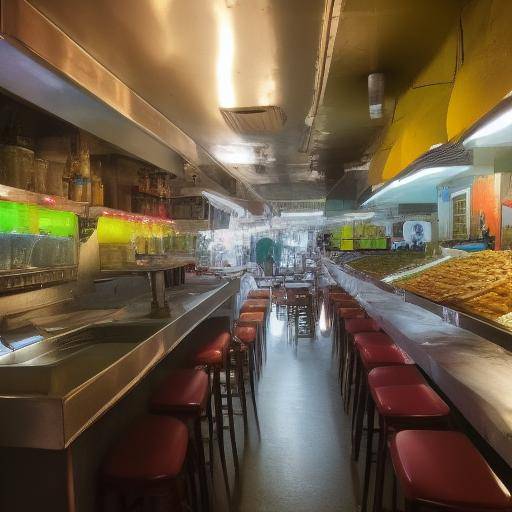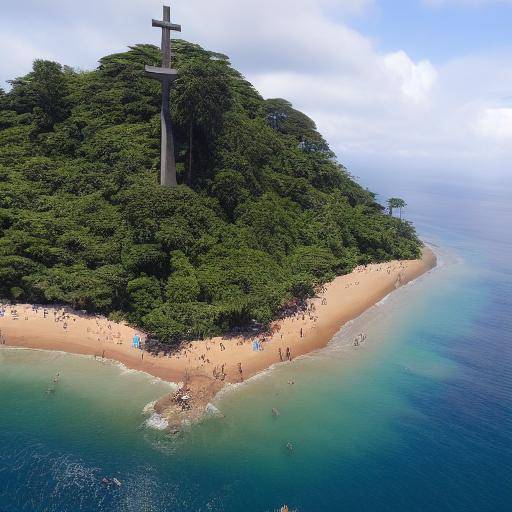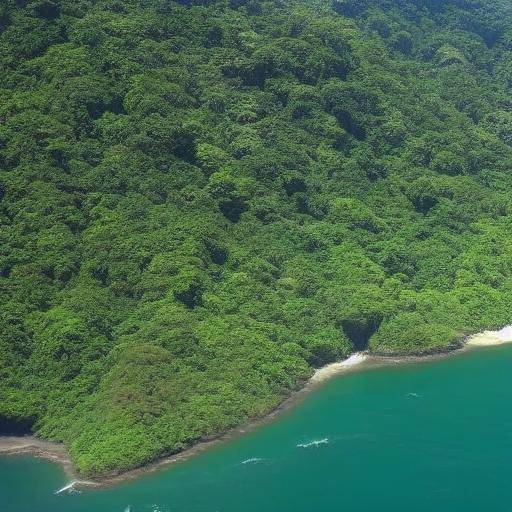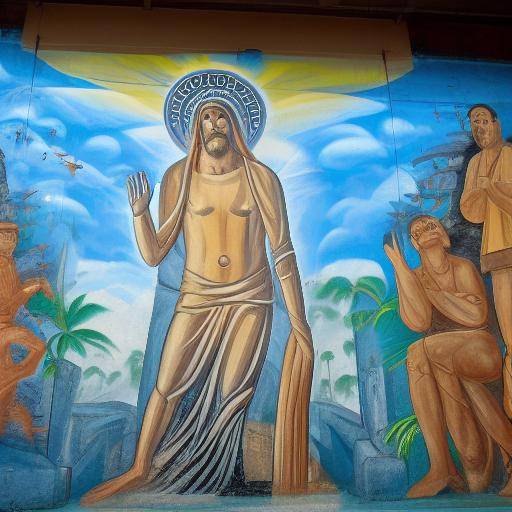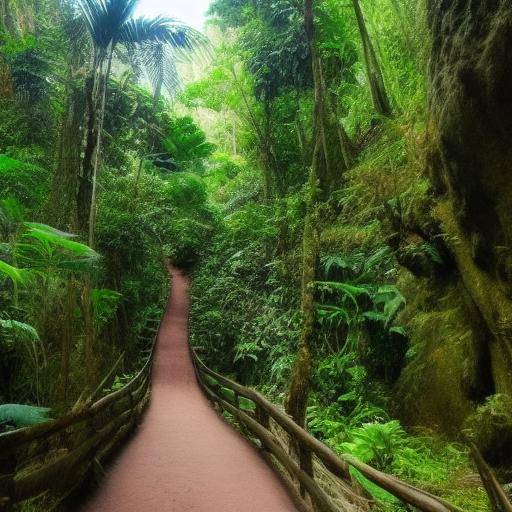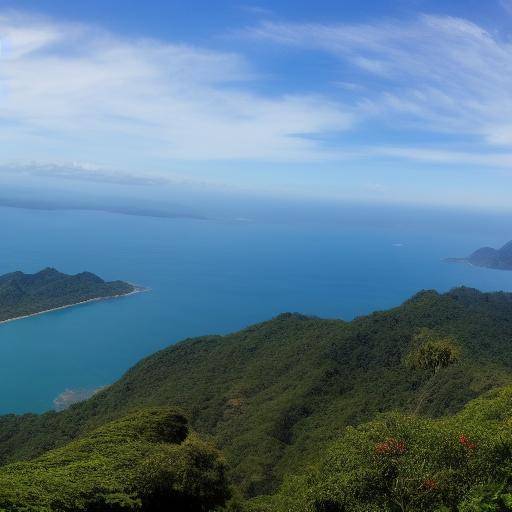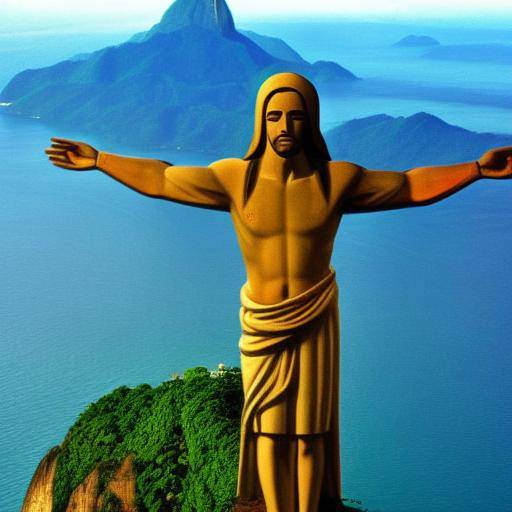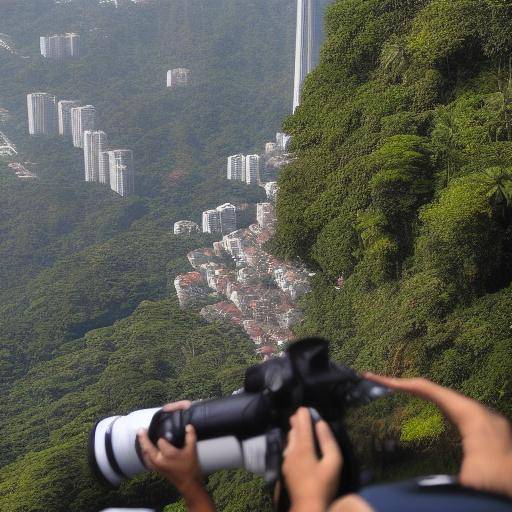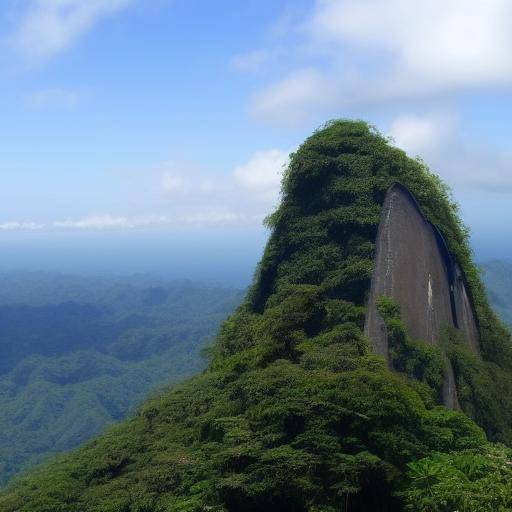
The Christ of the Corcovado, located in the majestic city of Rio de Janeiro, is one of the most emblematic architectural and natural wonders of the world. This imposing monument is an iconic landmark that attracts millions of visitors every year, eager to witness its imposing presence and enjoy the panoramic views it offers. However, the climate in this tropical region can significantly influence the visitor's experience. In this article, we will explore the climatic seasons that impact the Christ of the Corcovado and how they affect the experience of those who visit it.
Stations in Rio de Janeiro and its Impact on the Christ of the Corcovado
Rio de Janeiro, known for its tropical climate, experiences two main stations: the dry season and the wet season. During the dry season, which usually occurs from May to October, the weather tends to be cooler and rainfall is less frequent. On the other hand, the wet season, which covers the months of November to April, brings with it warmer temperatures and strong rains that can significantly impact the visit to the Christ of the Corcovado.
History and Meaning of the Christ of the Corcovado
The Christ of the Corcovado, an impressive statue of Jesus Christ that stands on the mountain of Corcovado, is a masterpiece of architecture and a symbol of faith and hope for millions of people around the world. Built between 1922 and 1931, this majestic 30-metre-high structure has become an icon of Brazilian culture and a destination for tourists visiting Rio de Janeiro.
Climate Impact on Visitor Experience
During the dry season, visitors to the Corcovado Christ can enjoy fresher temperatures and clear skies, providing clear panoramic views and a more comfortable experience when exploring the surroundings. On the other hand, the wet season can present challenges for visitors, as strong rains and humidity can limit visibility and hinder the exploration of the site.
Practical Tips to Enjoy the Visit
- **Planning:**It is advisable to monitor weather conditions before planning the visit to the Corcovado Christ, especially during the wet season. Consider visiting during the dry season to enjoy a more favorable climate.
- **Preparation:**During the wet season, it is advisable to wear resistant umbrellas and waterproof clothing to protect yourself from sudden rains. Comfortable and anti-slip shoes are also essential for walking around the surrounding areas.
- **Hours:**Taking advantage of the first hours of the morning or the last hours of the afternoon to visit the Christ of the Corcovado can offer more favorable weather conditions, as well as a lower influx of tourists.
Conclusion
The influence of climate in the experience of visiting the Christ of the Corcovado is an aspect to take into account when planning a trip to this emblematic destination. With proper planning and preparation for weather conditions, visitors can enjoy this architectural wonder to the fullest regardless of the season.
Frequently asked questions
**1. How does the climate influence the visibility from the Christ of the Corcovado?**During the dry season, the clear sky provides optimal visibility, while the wet season can present challenges due to fog and rain.
**2. Are there specific recommendations to visit the Corcovado Christ during the wet season?**It is recommended to wear waterproof clothing, proper footwear and plan the visit in hours with less influx of tourists to enjoy the experience with more comfort.
**3. How is the climate in the Christ of Corcovado during the winter in Rio de Janeiro?**During the winter in Rio de Janeiro, which coincides with the dry season, the climate in the Christ of the Corcovado tends to be cooler, with pleasant temperatures and clear skies.
**4. What are the best practices to plan a visit to the Corcovado Christ considering the climate?**Monitoring climate conditions, pre-booking and consulting local tour guides can help plan a successful visit taking into account the weather.
**5. Does the climate impact the accessibility of the Corcovado Christ?**During the wet season, rains can affect site accessibility, so it is important to be prepared with proper footwear and follow the directions of the site staff.
**6. Does the tropical climate of Rio de Janeiro affect somehow the structure of the Christ of Corcovado?**While the statue is designed to withstand various weather conditions, tropical weather may require additional maintenance to preserve the structure over time.
With these recommendations and understanding the impact of the climate on the visitor's experience, those who wish to explore the impressive Christ of the Corcovado can be prepared effectively to enjoy this architectural wonder, regardless of the climatic conditions they can find on their trip to Rio de Janeiro.

